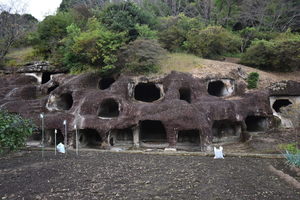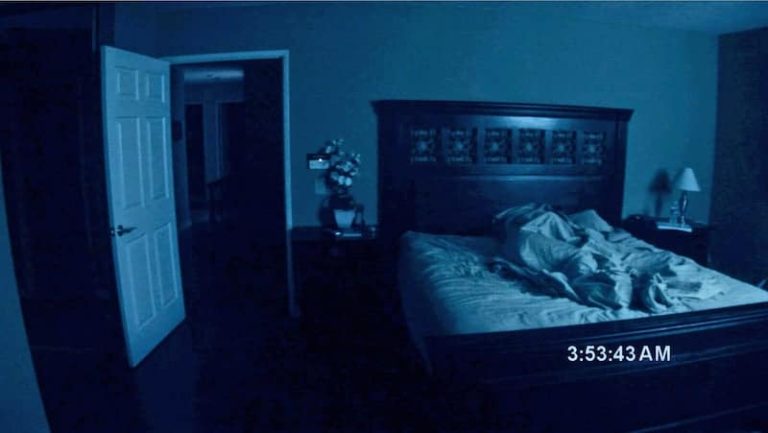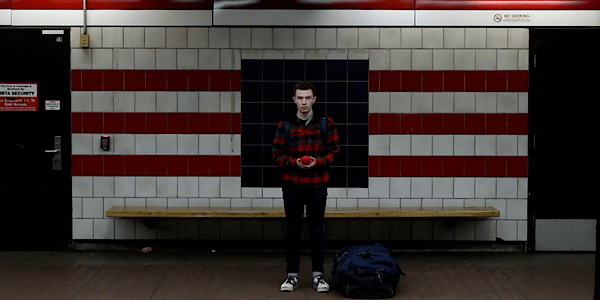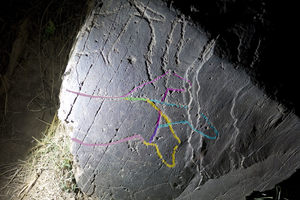Nagaoka Hyakuana Burial Mound in Utsunomiya, Japan

Burial mounds usually dating to the 3rd to 7th-centuries can be found across Japan. While several types exist, the most curious formation is known to archaeologists as yokoana-bo, or “sidelong hole-style tomb.” The Hundred Caves of Yoshimi is a notable example of this configuration. There is another “Hundred Caves” in Utsunomiya City, but it’s not as well-known or preserved.
The Nagaoka Hyakuana Burial Mound is believed to be a familial tomb originally constructed during the early 7th-century. It consists of 52 man-made caves (or “holes”) cut into the side of a tuff-stone hill. Although its dating is tentative, the skills used to build this burial mound are commonly associated with the late Kofun period.
Interestingly, nearly every cave has a stone sculpture of its own inside, some of which depict Buddhist figures such as Ksitigarbha (also known as Jizō) and Hayagriva. These were likely created during the Muromachi and Edo periods, between 1336 and 1868.
Many of the burial caves and their statues are in poor condition, due in large part to centuries of exposure to the elements. It’s believed that there were once a hundred caves and nearly half were destroyed over time. That said, this burial mound is an impressive archaeological site and worth a trip when in Utsunomiya City.





